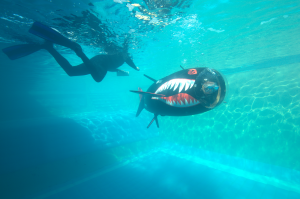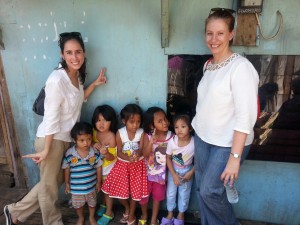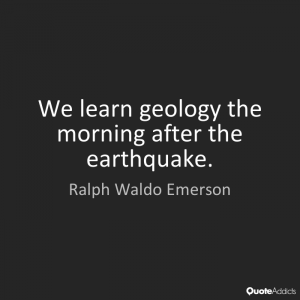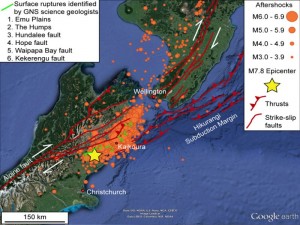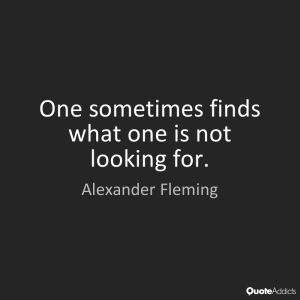Happy New Year! Are you happy to be back at work, or looking forward to being back in class in 2017? Do you know why?
In 2016 I served on various panels and committees (on campus and beyond) in which decisions were made that offered people or organisations opportunities and resources, or that looked to make decisions on process/structure in organisations. I won't elaborate on the details since it many cases they are confidential. However when I reflect on the most successful interactions they were normally with people who had clearly answered the "why" question for themselves and let that show.

The "why" that gets me out of bed in the morning is the the belief that engineering mathematics is a toolbox that can offer businesses, government and communities insight and novel solutions to the problems they face - in turn creating value for shareholders and society. As a Department Head I aim to create an environment where students can develop their expertise with those mathematical tools (and create new tools). Anyone shadowing me in my office would see "what" I do in business hours - meetings, financial approvals, paperwork etc. Connecting what I do to the underlying reason why I do it ensures I stay energised.
One of my colleagues tells me I have a look in my eye that tips them off I am about to ask "Why .... ?" That person has learned to be prepared for the fact I may ask a series of questions to try to connect what they asking me for/about to a wider context. That helps make sure everyone is on the same page and that we are taking action that supports a common purpose (or conversely identifies that taking that a certain action doesn't support that purpose and won't be pursued).
If you're a student looking for an opportunity after graduation (employment, or postgraduate study) I'd encourage you to make sure you not only communicate what you can do, but why using those skills in a particular organisation excites you and aligns with what makes you tick. If you can join those dots I believe there is a better chance that doors will open.
For anyone who wants to think more about their own "why" a one good place to start may be this page from Forbes. If you can stay connected to why you do what you do then 2017 will be all the more exciting!


